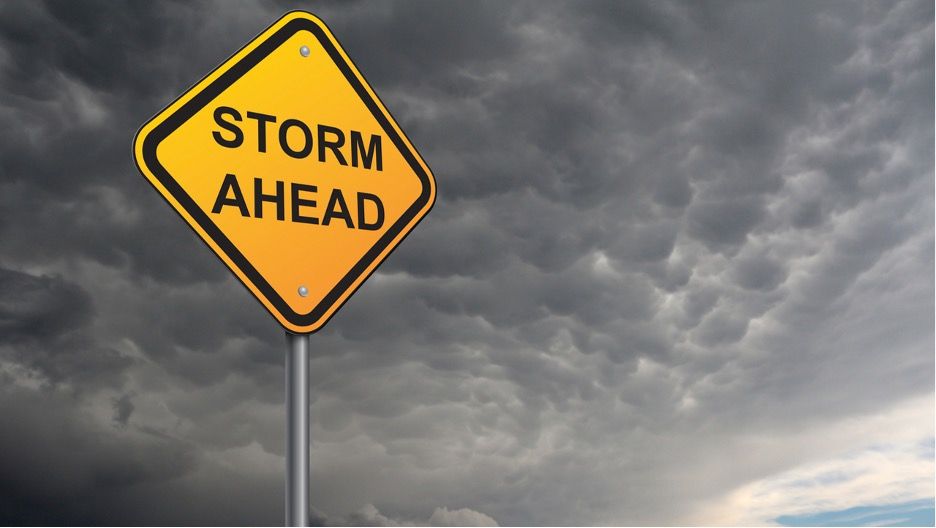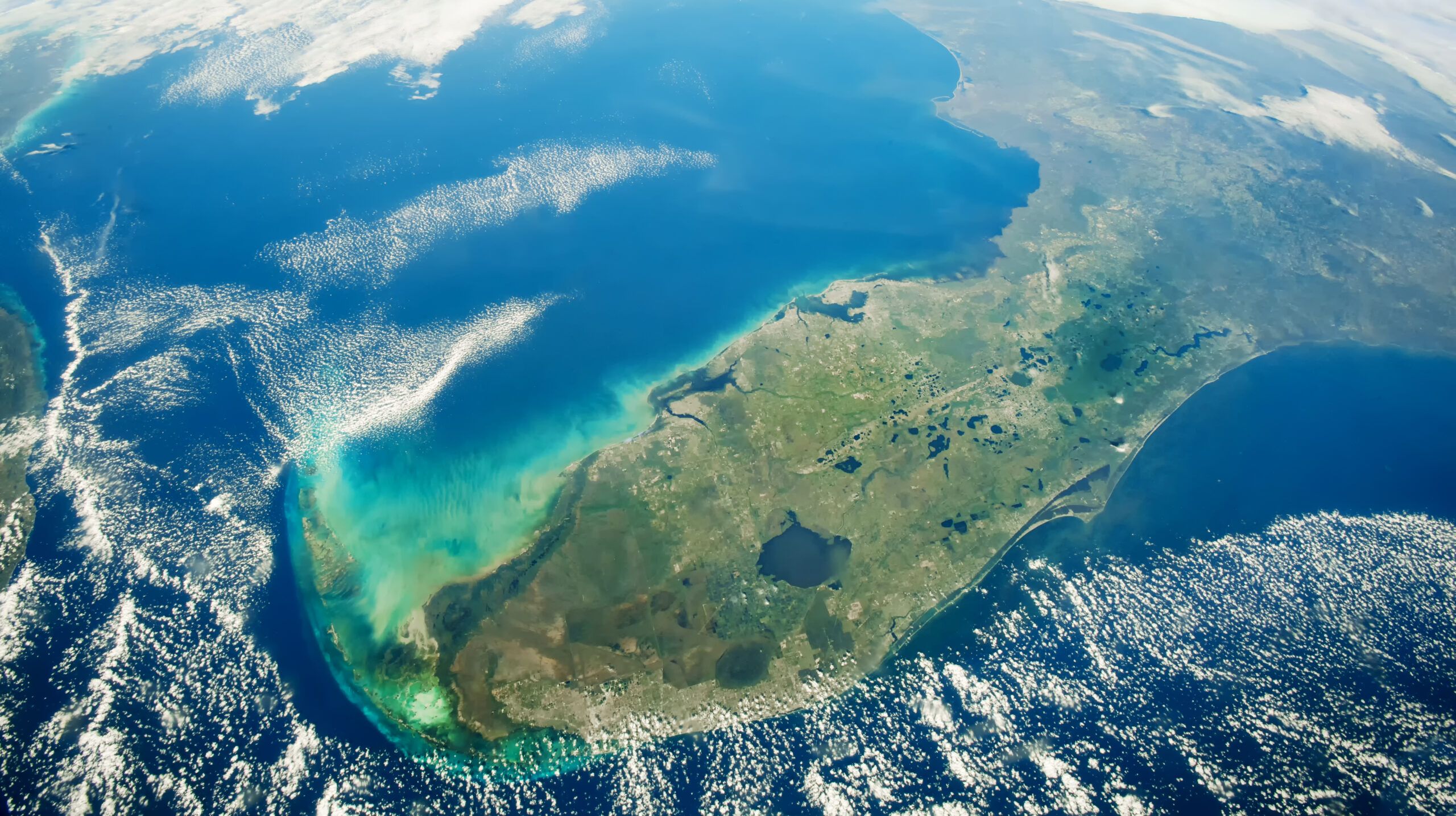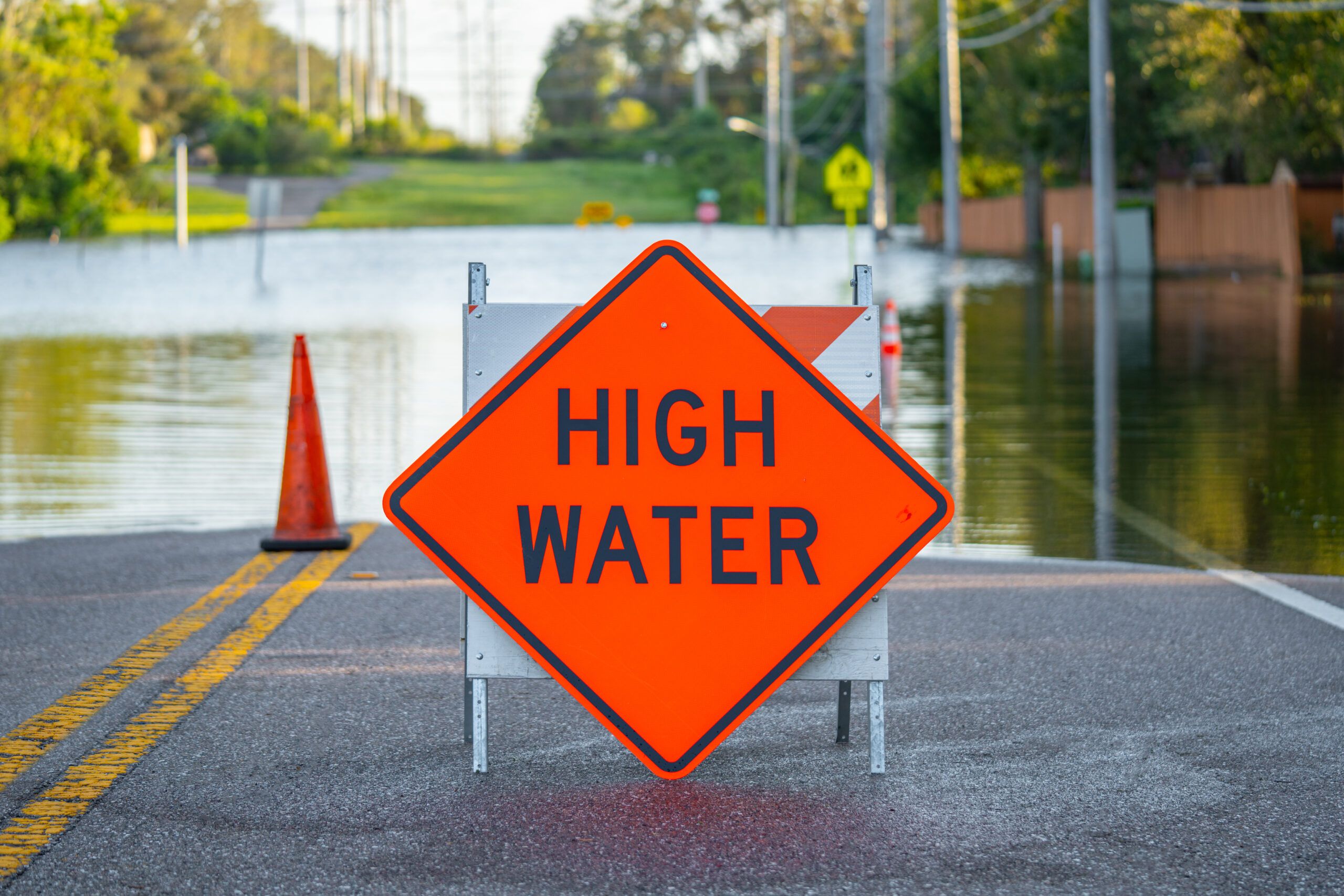By David Pettinato, Esquire OLDER LUNDY KOCH & MARTINO
Storm season is quickly approaching. For over 25 years, I have been successfully advocating for my client’s rights for coverage under almost every type of commercial insurance policy. Working with business owners before, during and after a storm has led us to create our own preparedness program. Below are the key points we share with our clients to assist in preparing their businesses for a storm. As a corporate executive, your job is to ensure the safety and security of the company’s employees, customers and assets. When a hurricane is on the horizon, it’s your responsibility to make sure that your business is prepared for the worst-case scenario. Hurricanes can cause significant damage to businesses of all sizes, with destruction ranging from damage to property and equipment, to loss of data and disruption of essential services. To ensure that your business is adequately prepared, it’s important to develop an effective hurricane preparedness plan. So, what can you do to prepare your businesses for an incoming hurricane?
Create a Hurricane Preparedness Plan
Your plan should include detailed steps for how the business will respond to a hurricane, as well as how it will protect its assets, employees and customers. The plan should include the following elements:
- Ensure the business has sufficient and comprehensive insurance coverage. Speak with an objective insurance claims advocate prior to a hurricane to review your policy. Keep in mind that your insurance agent may not be the best person to provide you with an objective opinion.
- Designate a “hurricane leader” who will be responsible for coordinating the response and leading the hurricane preparedness efforts. Establish a list of essential personnel who will be responsible for fulfilling critical functions during the storm.
- Create and distribute a list of emergency contact information, including contact information for local emergency services and key personnel within the company.
- Review procedures for evacuating personnel and securing the premises, including procedures for protecting essential equipment and data, e.g., board up windows and secure doors.
- Document the desired strategy for communicating with employees, customers and the public.
- Establish potential contingency plans for essential services (such as power, water and communications).
- Establish and document the procedures for assessing the damage and restoring operations after the storm has passed.
Protecting Your Employees and Customers
It’s also important to take steps to protect your employees and customers during a hurricane. This includes ensuring their safety and security, as well as keeping them informed of the company’s response to the storm.
- Make sure all personnel are aware of the company’s hurricane preparedness plan and their role in the plan. Provide them with the necessary supplies to carry out their respective responsibilities.
- Establish clear procedures for evacuating personnel and securing the premises.
- Communicate regularly with employees and customers about the storm and the company’s response.
Protect Your Assets
Once you’ve created your hurricane preparedness plan, the next step is to take steps to protect your assets. This includes both physical assets, such as property and equipment, and non-physical assets, such as data and records. To protect physical assets, you should take the following steps:
- Move valuable assets to an area of the premises that is least likely to be affected by flooding or wind damage.
- Make sure all equipment is properly secured and anchored.
- Cover windows and other openings with plywood or other materials, as necessary.
- Shut off any non-essential utilities, such as gas and electricity.
- Back up all essential data and records to a secure off-site location and ensure that your essential personnel have access to the essential data and records.
- Ensure that all security systems and software are up to date.
- Make sure all personnel are aware of the proper procedures for protecting data and confidential information.
What about after the storm?
Once the storm has passed, it’s important to assess the damage and begin the process of restoring operations. This includes assessing the damage to the premises and equipment, as well as assessing the impact on the business’s operations.
- Assess the damage to the premises and equipment and make necessary repairs.
- Contact local emergency services for assistance, if necessary.
- Check all essential equipment and systems to make sure they are functioning properly.
- Reconnect any essential utilities, such as power and water.
- With any damages, promptly submit an insurance claim. As time passes from the date of loss, the longer a business waits to submit a claim increases the chances that the insurer shall deny the claim for “late notice.”
- Ensure that all essential personnel have access to the essential data and records.
- Contact customers and suppliers to inform them of the situation and make necessary arrangements.
By following these tips, you can protect your business from the damage that a hurricane can cause. It is important to be prepared ahead of time, so make sure you take the necessary steps to protect your business and those who are a part of it.

David Pettinato is a 25-year attorney with a particular expertise in first- and third- party property insurance disputes. He is an experienced policyholder advocate in both state and federal courts, with practice areas including large property losses, business interruption, insurance coverage and international insurance disputes.
OLDER LUNDY, Attorneys at Law, headquartered in Tampa since 2003, is a multi-specialty law firm with over thirty attorneys and four offices in Florida. The firm provides comprehensive legal services to serve almost any individual’s or business’s legal needs. For more information, visit OlderLundyLaw.com or call 813.254.8998













